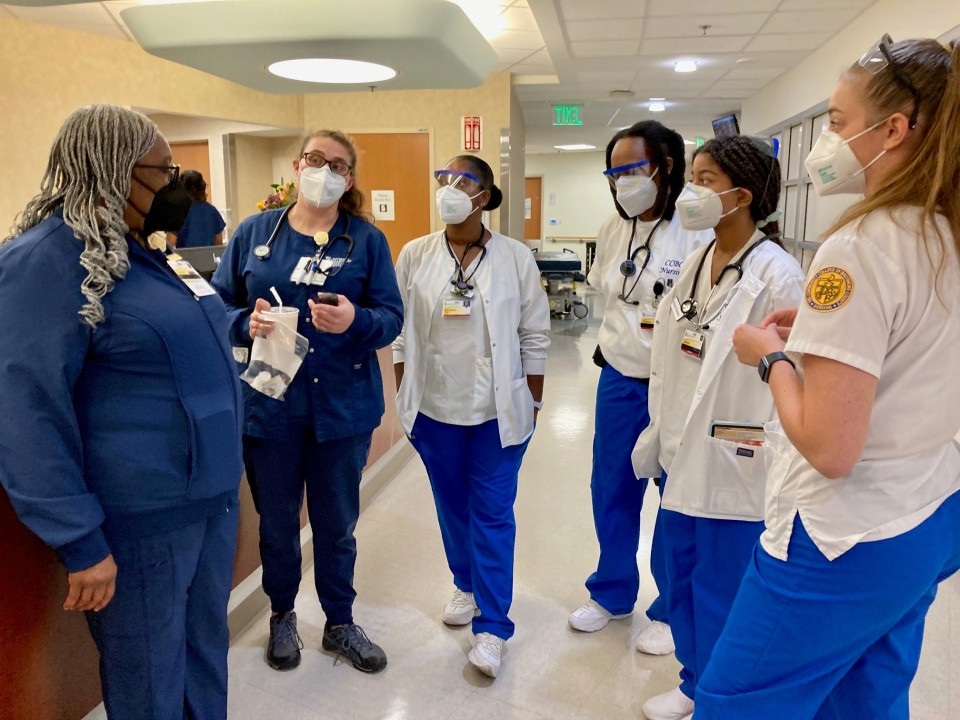The nursing shortage has become a significant burden to the medical community. While new NNPs entering the field can help to address the shortage, one barrier to getting students the clinical experience they need is the shortage of preceptors. Of course, the preceptor shortage is partially a result of the nursing shortage, creating a frustrating cyclical dilemma: We can’t have more NNPs unless we train them properly, but the existing NNPs don’t have the bandwidth to train nursing students since they’re already overworked.
It seems like a solution with no end in sight, but there are strategies hospitals and nursing schools can use to address the preceptor shortage. Here’s a closer look into what’s contributing to the shortage, along with a few options that can help to address it.
What’s Causing the Preceptor Shortage?
Time constraints and productivity demands resulting from the nursing shortage are obvious barriers to preceptorship. Yet, there are other contributing factors to consider. Even in 2019, before the mass exodus of nurses which ensued after the COVID pandemic, a number of issues were identified in the Journal of the American Association of Nurse Practitioners, including:
- Administrative challenges, including difficulty completing clearance paperwork
- Preceptors refusing students due to lack of financial compensation
- Conflict with academic institutions
- Implementation of EHR systems that made training processes complex and tedious
There’s also a lack of preparedness when it comes to getting NPs ready to teach. According to a 2020 study, only 23% of NPs surveyed had received formal preceptor education, and the majority cited lack of training as the biggest barrier to precepting, along with time and perceived costs.
4 Ways Hospitals & Schools Are Addressing the Preceptor Shortage
Clearly, the challenges of preceptorship are complex, and there’s no simple, one-size-fits-all solution. The following are some strategies nursing schools and hospitals are implementing to enact change.
-
Flexibility with Rotations
It may not always be feasible to allow flexibility with the order of rotations, but schools and hospitals that do, benefit both the preceptor and the student. With this approach, if there’s a preceptor willing to take on a student, they can do it on their schedule.
-
Flexibility in Choosing Preceptors
Current requirements for finding a preceptor are narrow. Allowing students to be more flexible in whom they use as a preceptor can open up many new opportunities that reduces the strain on select groups of NPs. For instance, allowing NNP students to work with MDs or DOs would make it easier for students to find a preceptor.
-
Engagement with Preceptors
To address the barrier of limited communication between preceptors and nursing schools, schools like UC College of Nursing have begun offering online resources to attract and retain preceptors. In addition, they collect feedback from preceptors to learn more about their needs and expectations and how they can better address them.
-
Resources for Preceptors
Most hospitals face budgetary constraints that don’t allow room for payment for preceptors. With that in mind, lack of payment is considered to be the least important factor in the decision to precept. What hospitals can do to make preceptorship more appealing is to eliminate constraints by simplifying or providing assistance for paperwork, offering a standardized training program, and coaching preceptors so they feel confident in their teaching abilities.
Finding a preceptor can be challenging, but finding the right employer shouldn’t be. Ensearch has helped countless NNPs find the right career fit for more than 25 years. If you’re looking to explore your career opportunities, contact Ensearch for a free career consultation today.

